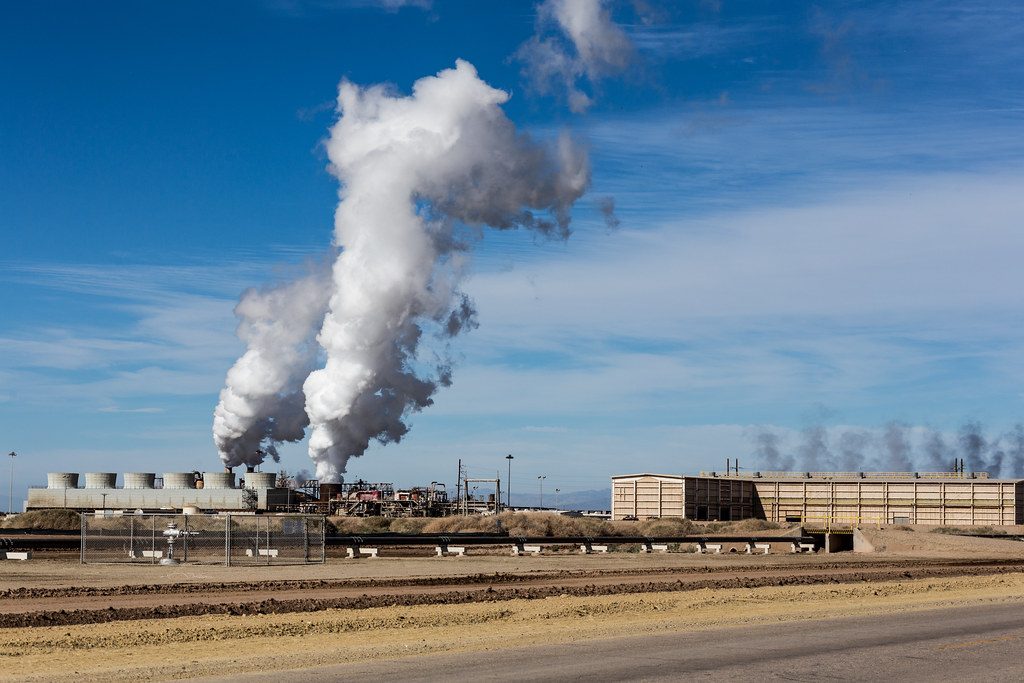Geothermal energy has been utilised for centuries, mainly for heating, but recent advancements are transforming its potential by tapping into ultra-high temperature resources deep underground.
Superhot geothermal energy involves drilling far deeper than traditional methods to access rock heated above 500°C (over 930°F). This approach can generate five to ten times more energy per well than conventional geothermal systems.
Quaise Energy, a Massachusetts-based company, leads this innovation with electromagnetic drilling technology that vapourises rock, enabling access to geothermal reservoirs as deep as 12 miles.
CEO Carlos Araque highlights the need to drill both hotter and deeper to unlock meaningful resources, surpassing the standard depth and temperature ranges of the oil industry.
Born from MIT research in 2007, Quaise is working towards commercial deployment and recently demonstrated its technique in partnership with Nabors Industries. Although initial costs are higher, the significantly increased energy yields may reduce overall expenses.
Quaise plans to build the first supercritical geothermal power plant near Bend, Oregon, targeting 2028 for operation. This fits growing global demand for steady, clean energy driven by the expansion of data centres and AI technologies. Guillermo Sierra, Vice President at Nabors, points out the ever-increasing need for reliable power worldwide.
Superhot geothermal also offers economic benefits by creating new jobs for workers displaced from the traditional oil and gas sector, aiding a just energy transition.
Support for geothermal energy is rising among policymakers. In March 2025, U.S. Department of Energy Secretary Chris Wright endorsed its role in advancing AI, manufacturing, and reducing electricity costs.
Geothermal was also included in President Trump’s National Energy Emergency executive order, and recent federal tax legislation preserved funding for geothermal projects despite cuts to other renewables.
Authorities including IRENA and the U.S. Department of Energy recognise geothermal’s constant availability, low emissions, and potential to provide baseload power as crucial to achieving net-zero carbon targets. Superhot geothermal plants could help stabilise grids increasingly dependent on intermittent sources like wind and solar.












